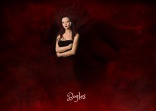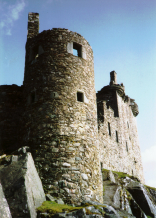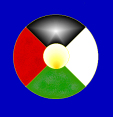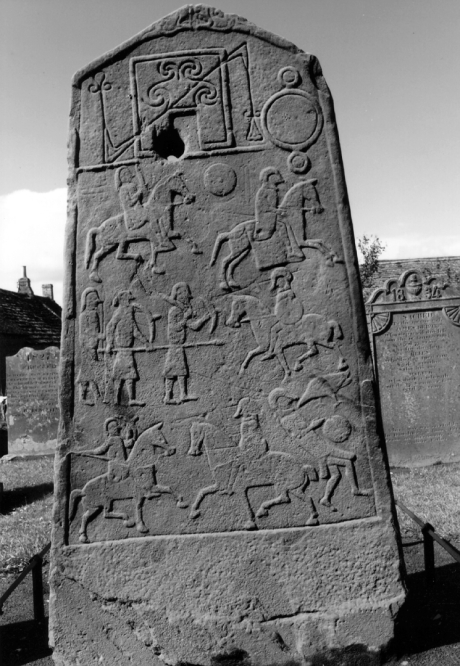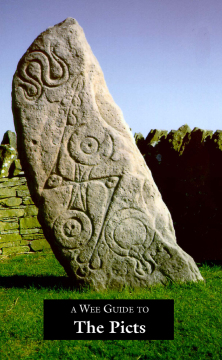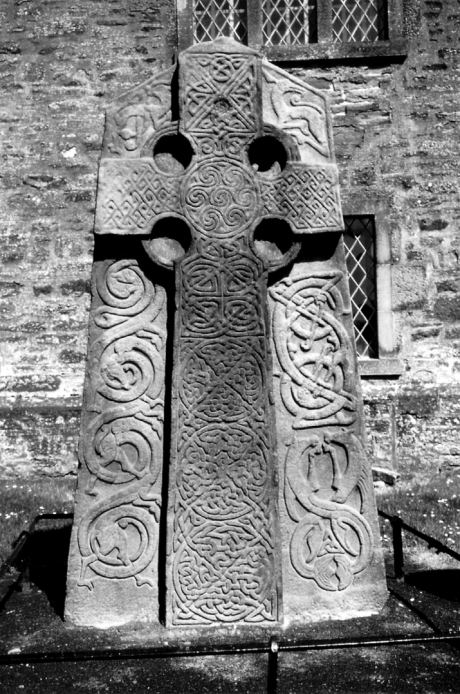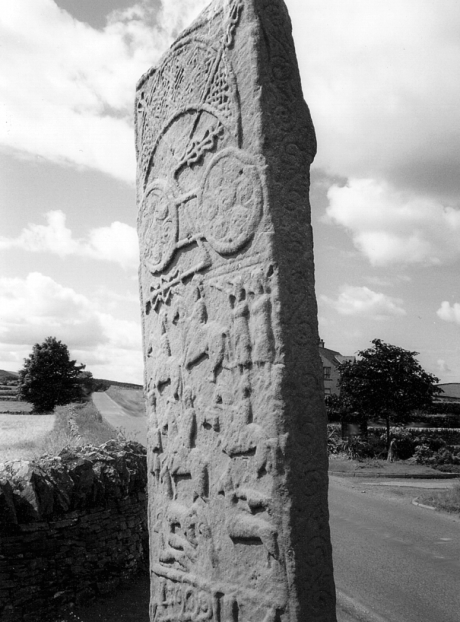Aberlemno
NO 523557 54 HS DD8 3TE
Off B9134, 6 miles NE of Forfar, Angus
A renowned group of Pictish stones, the most impressive and elaborate of which is undoubtedly the double-sided cross-slab standing in Aberlemno churchyard. Over 2 metres high, the front of the stone carries a full-length cross in high relief, decorated with intricate inter-laced designs and surrounded by fan-tastic intertwining animals. On the reverse, the whole scene is framed by two serpents whose open-jawed head meet at the apex of the stone. They surround an extra-ordinary depiction of a battle – one of the very few examples of Pictish sculpture for which a convincing explanation can be made. Situated boldly above the battle are two Pictish symbols – a notched rectangle and z-rod and a cauldron – and these must surely have a strong association with the events shown below. Under-neath is almost a comic-strip depiction of a battle, reading left to right and top to bottom. In the first strip, the mounted warrior on the left is chasing away another horseman wearing a helmet with a prominent noseguard, whose sword, shield and spear lie abandoned behind him. The second strip shows three foot-soldiers confronting another mounted warrior wearing a similar helmet. The third and final strip shows two more horsemen fighting; again, the one on the right wears a helmet with a prominent noseguard. The final scene shows the outcome of this engagement; the helmeted warrior lies dead on the ground, his shield beside him, and a carrion bird pecks at his face. This has been convincingly interpreted as a depiction of the Battle of Nechtansmere, fought in 685, a few miles south of Aberlemno near the modern village of Dunnichen. The helmets, with the distinctive noseguards, are identical to the 8th century Anglian helmet discovered at the Coppergate excavation in York; this cross-slab undoubtedly illustrates the decisive defeat of the Northumbrian Angles which broke forever their power north of the Forth and marked the beginning of their decline.
A second double-sided cross-slab stands by the roadside in Aberlemno. Although badly weathered much of the original carving can still be clearly seen. The front shows a full-length ringed cross whose decorations echo the jewelled metal crosses of the time. The cross is flanked by two angels in attitudes of prayer or mourning, while two fantastic animals lie crouched at its base. The reverse of the slab carries two large and highly decorated Pictish symbols, a crescent and v-rod and a double-disc and z-rod, above a scene of mounted huntsmen with hounds and trumpeters. At the bottom there are two separate panels showing a centaur in one and David, with sheep and harp, killing a lion in the other.
Situated on the roadside, about a quarter of a mile north of the church, stands one of the finest examples of a Class 1 stone. Nearly 2 metres tall, its carvings are deeply incised and clearly visible, showing a serpent above a double-disc and z-rod and a mirror and comb. There are cup-marks low down on one side, suggesting that this may be a prehistoric standing stone reused by the Picts.
NOTE: All stones enclosed for protection from approx 1 Oct-31 Mar and cannot be viewed during that time
© Martin Coventry 2018





